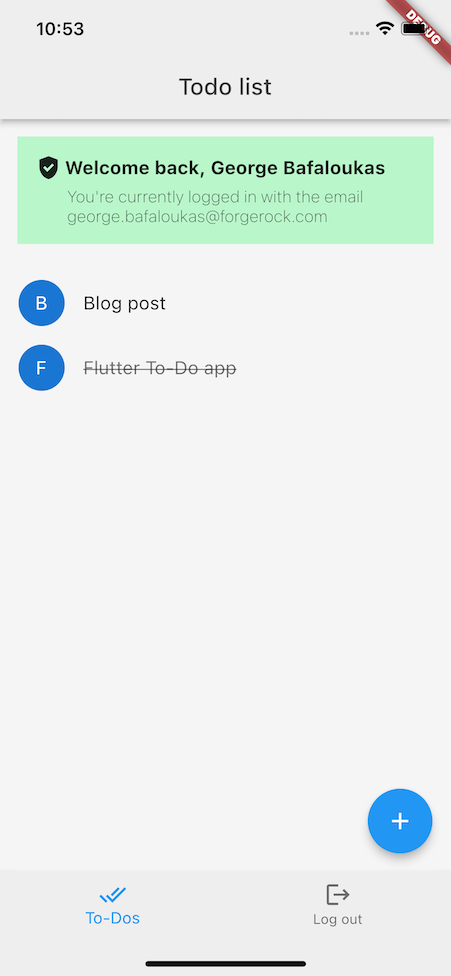Authentication journey tutorial for Flutter
This tutorial covers the basics of developing a protected mobile app with Flutter. It focuses on developing the Android and iOS bridge code along with a minimal Flutter UI to authenticate a user.
Bridge code development is a concept common to mobile apps built using hybrid technologies. Hybrid is a term used when a portion of the mobile app uses a language that is not native to the platform (Android and Java or iOS and Swift).
Flutter is an open source framework by Google for building beautiful, natively compiled, multi-platform applications from a single codebase. Flutter requires this bridging code to provide the hybrid layer (Dart) access to native APIs (Swift in this case) or dependencies.
This guide uses the Ping SDK to implement the following application features:
-
Authentication through a simple journey/tree.
-
Requesting OAuth/OIDC tokens.
-
Requesting user information.
-
Logging a user out.
